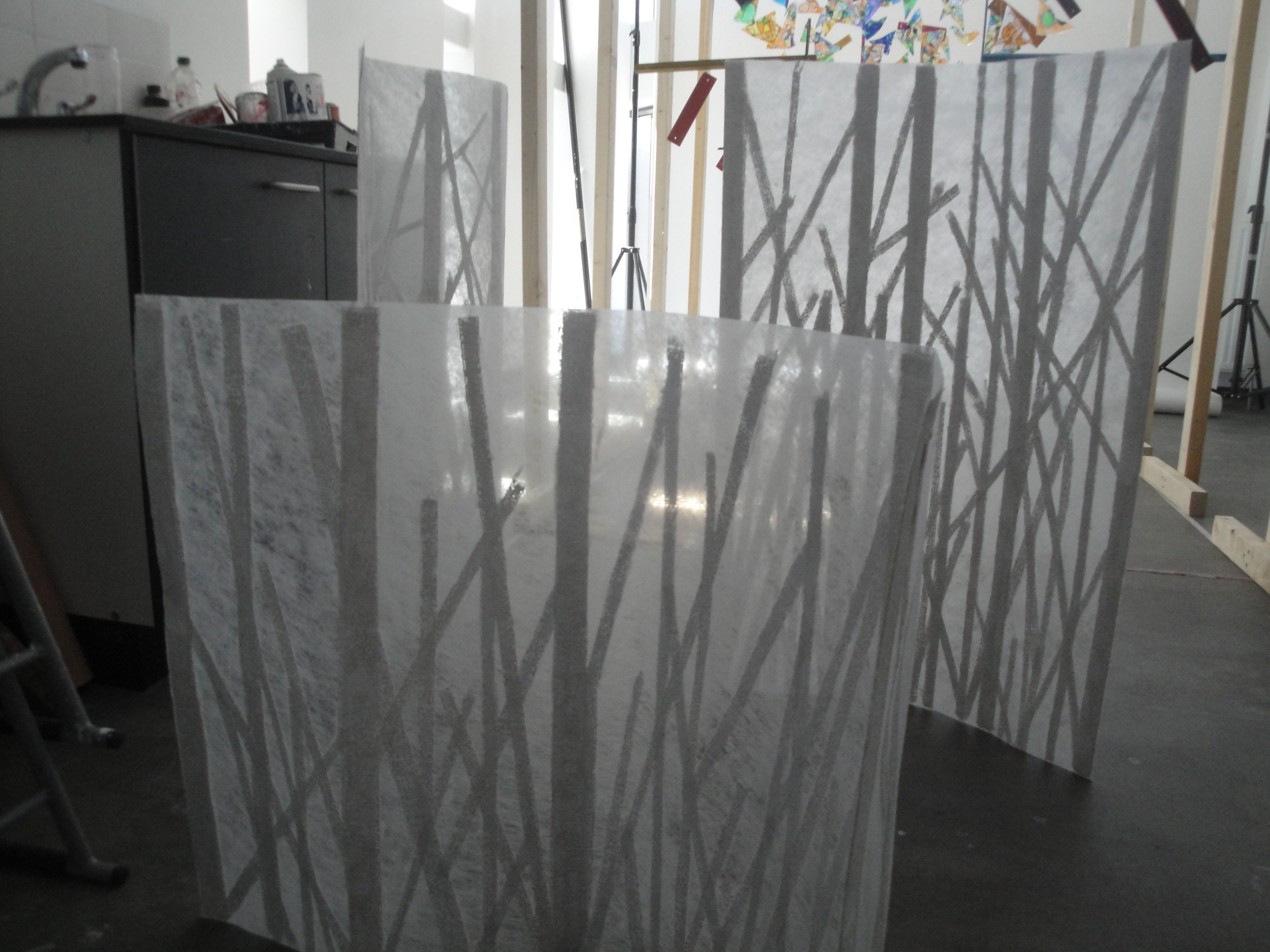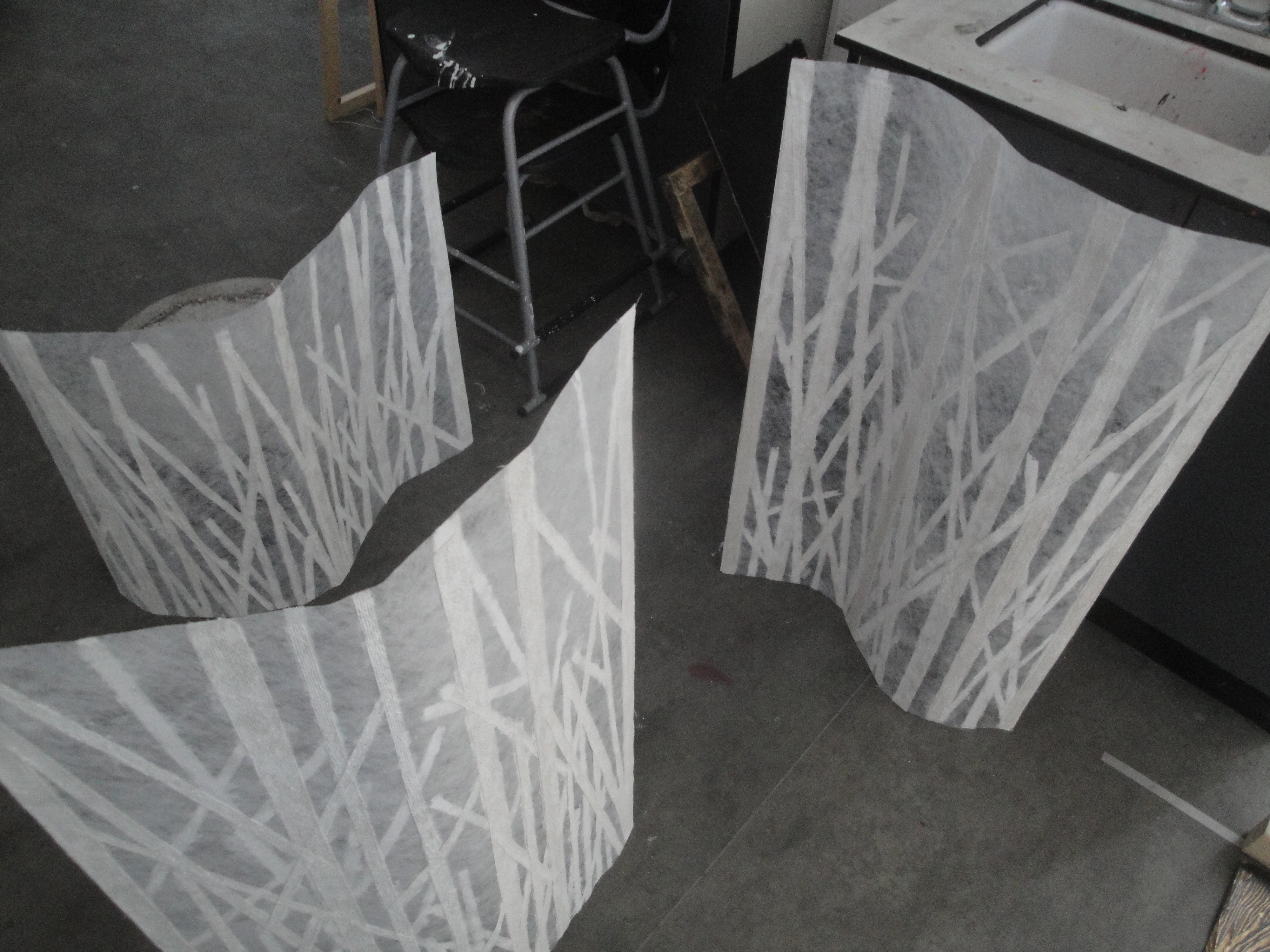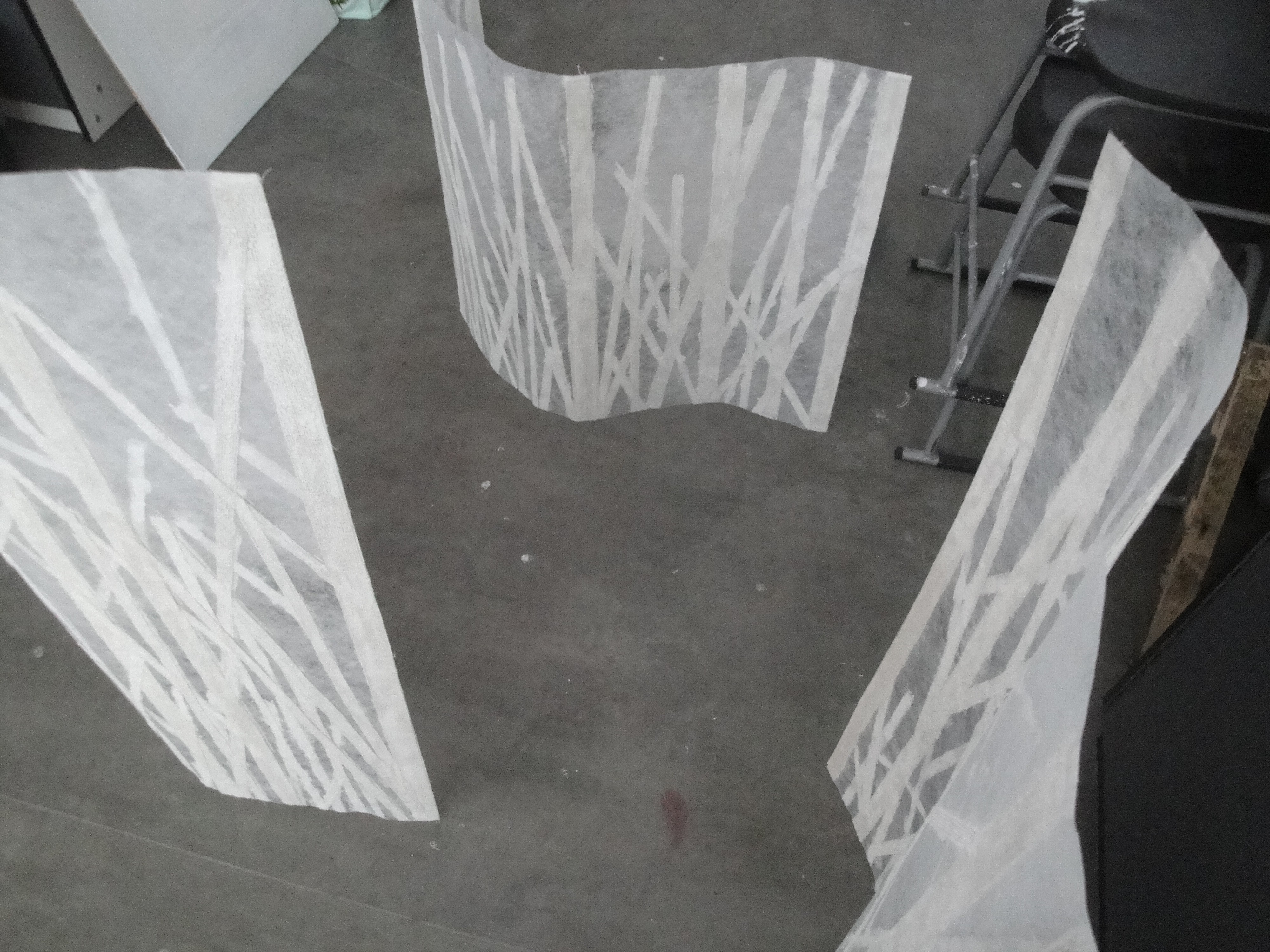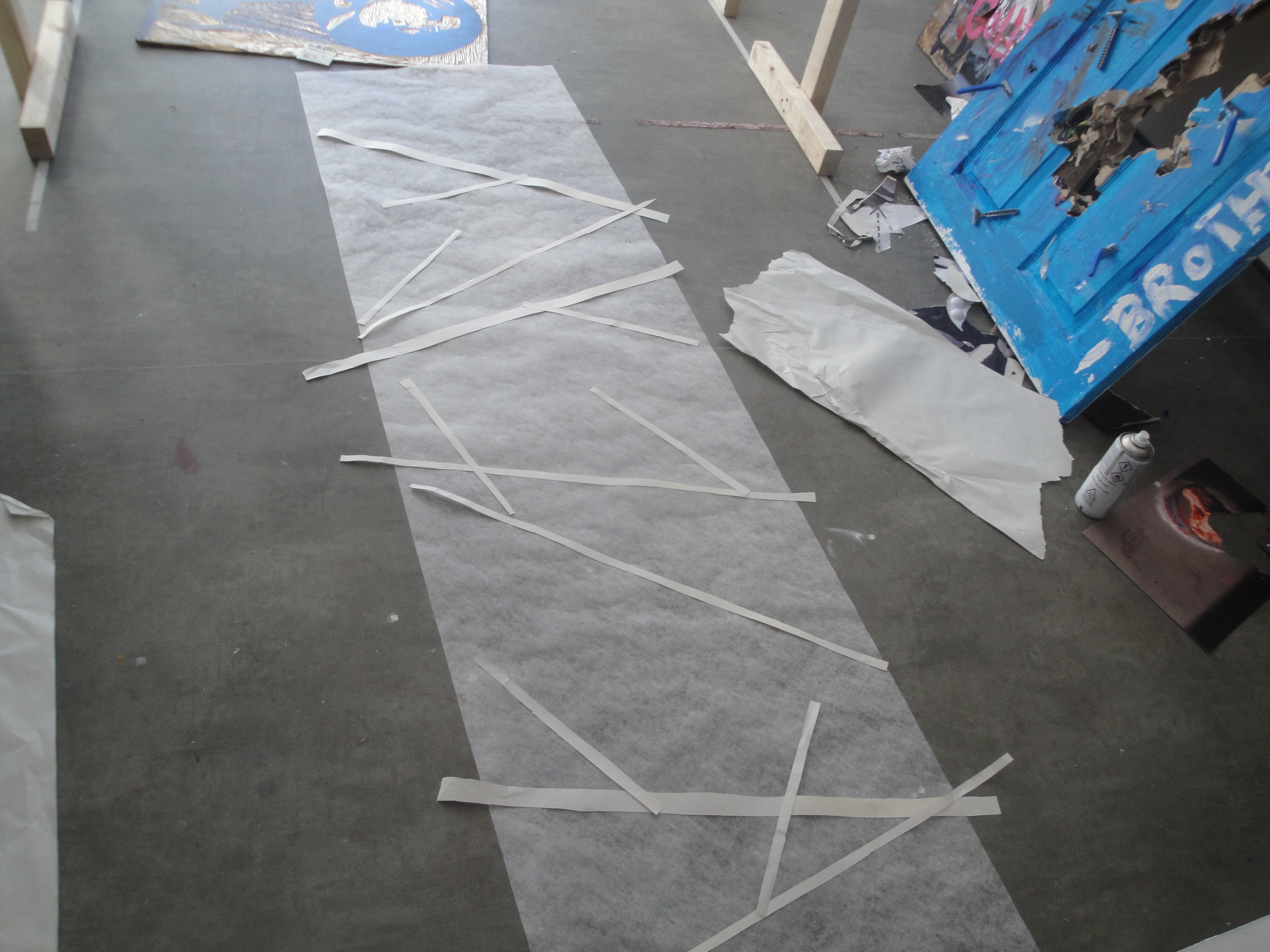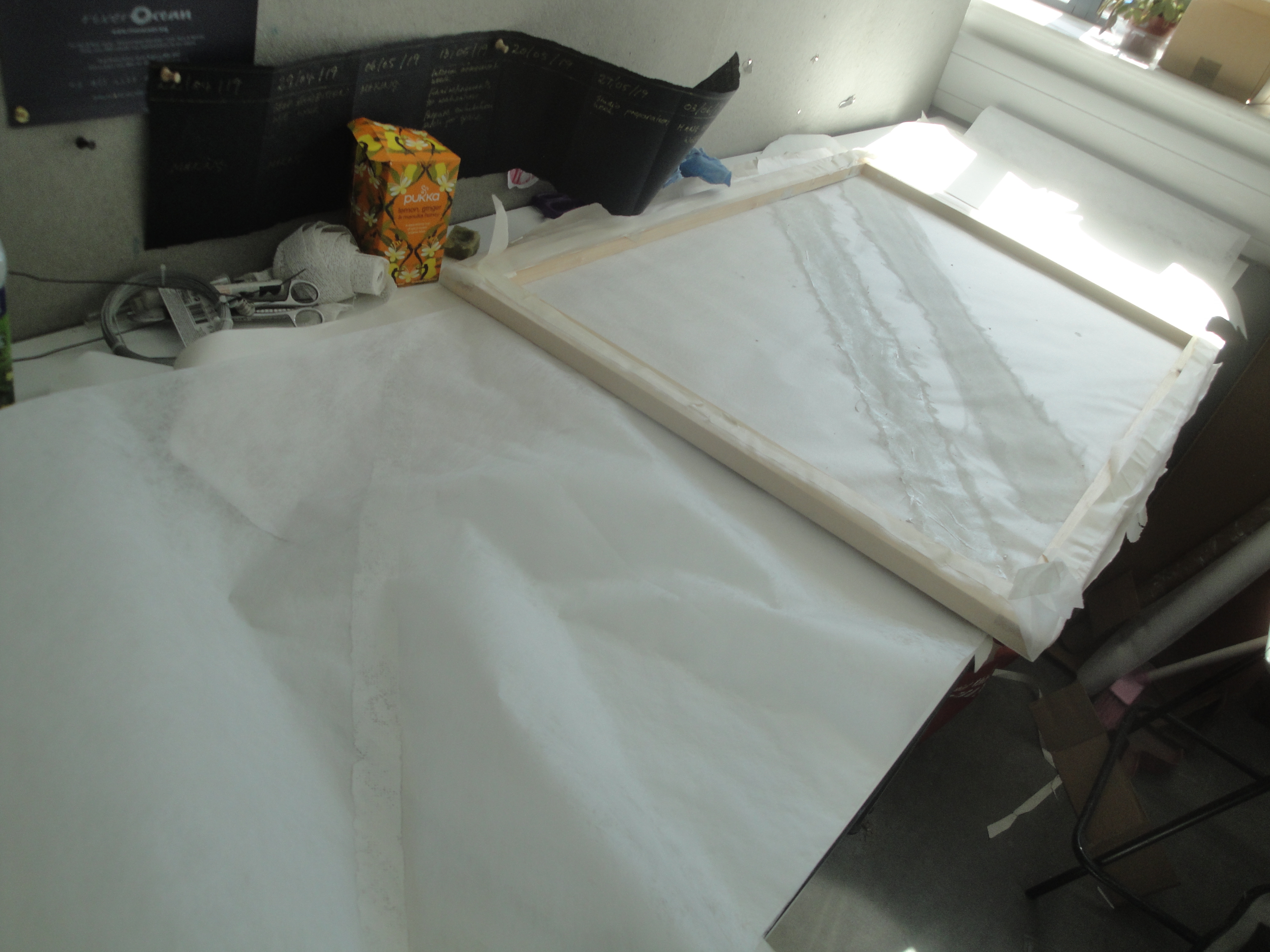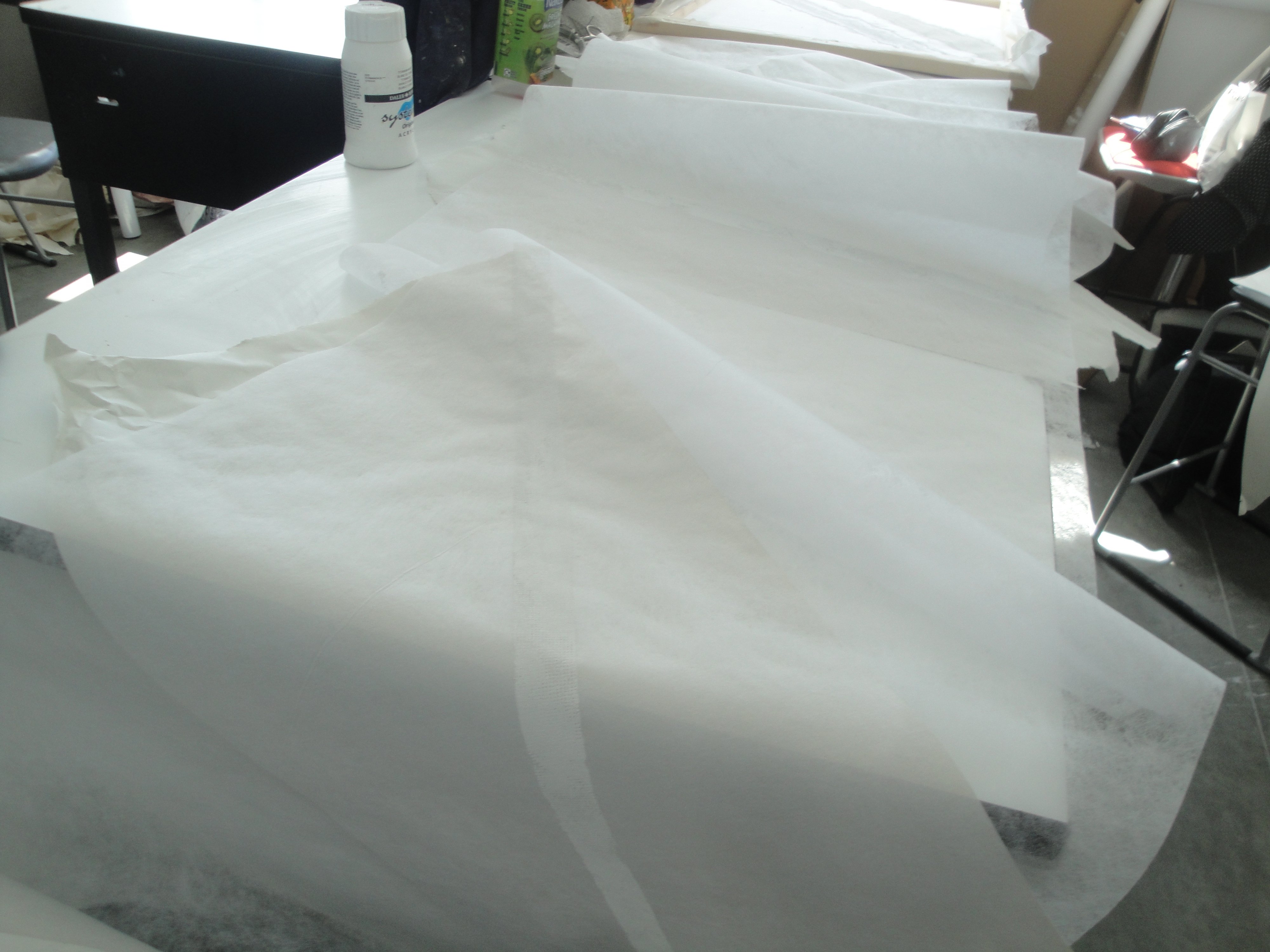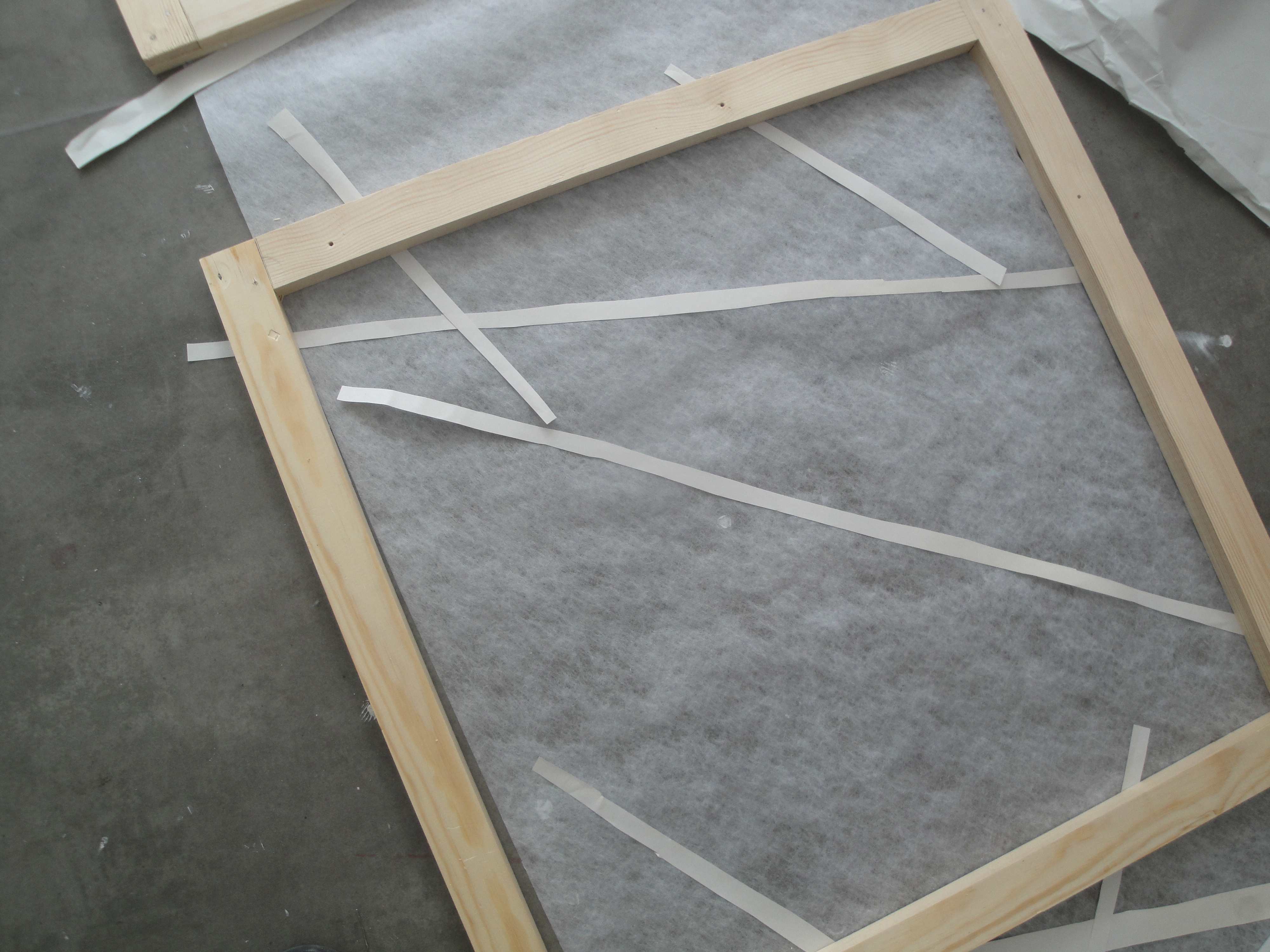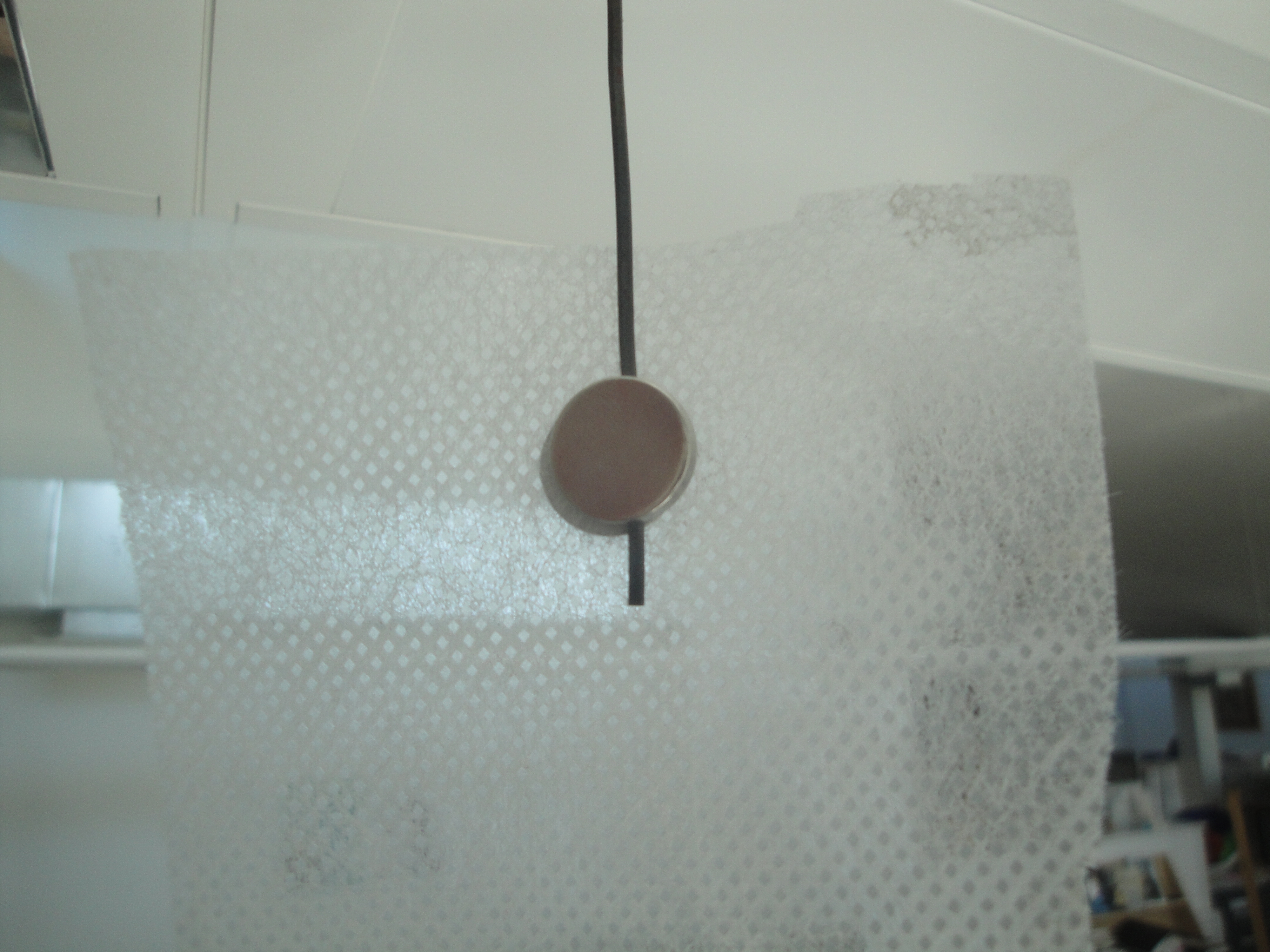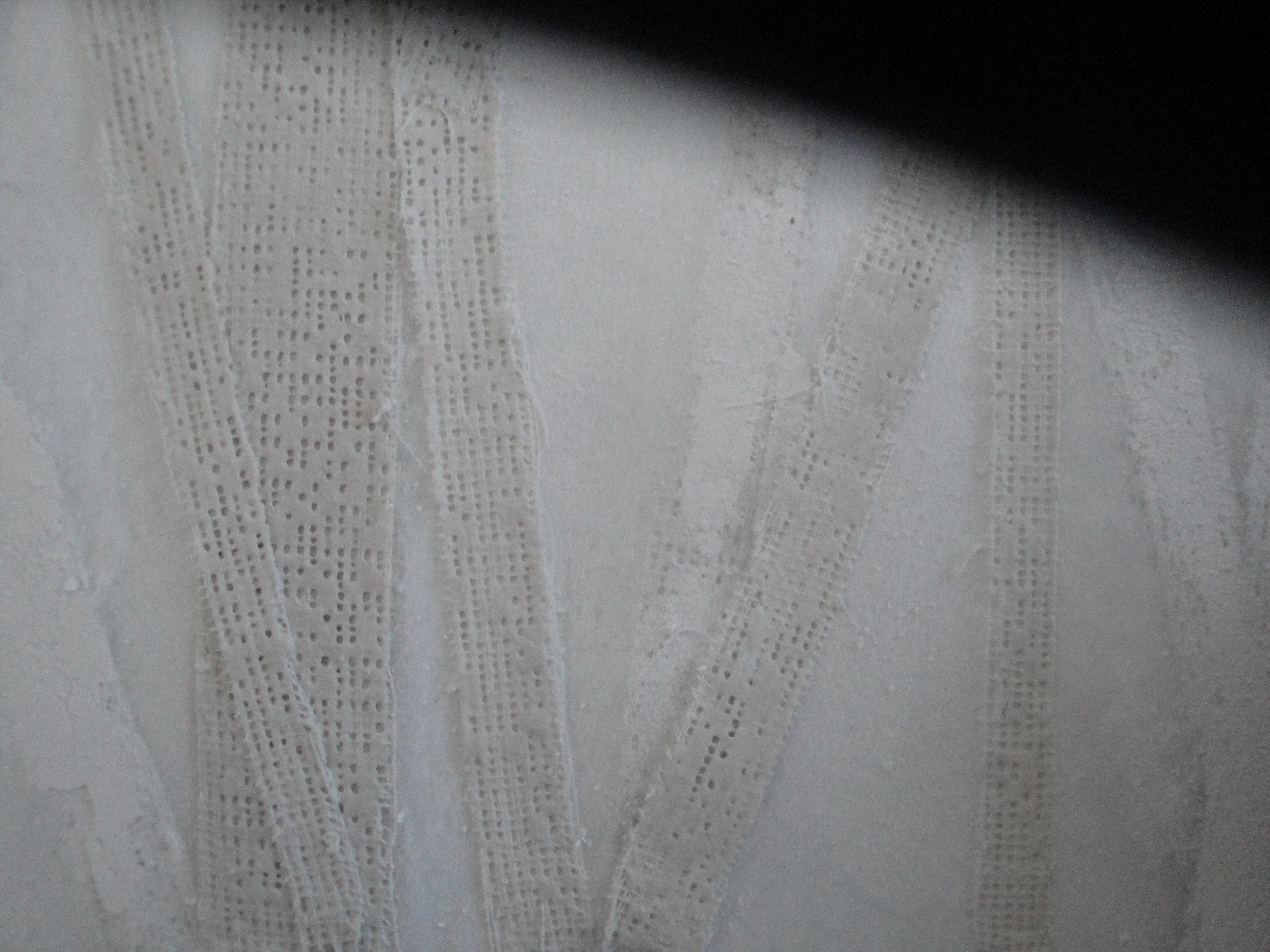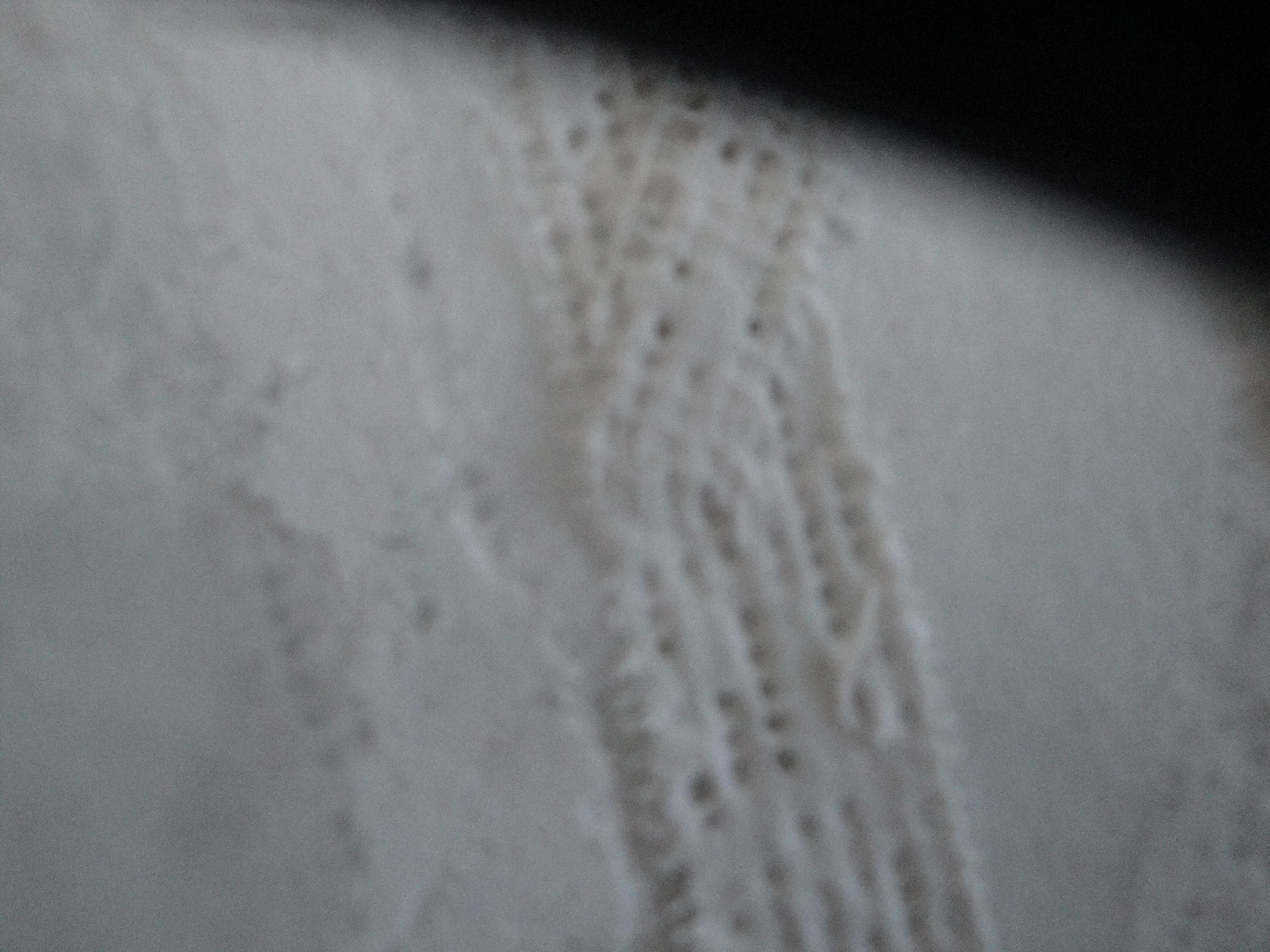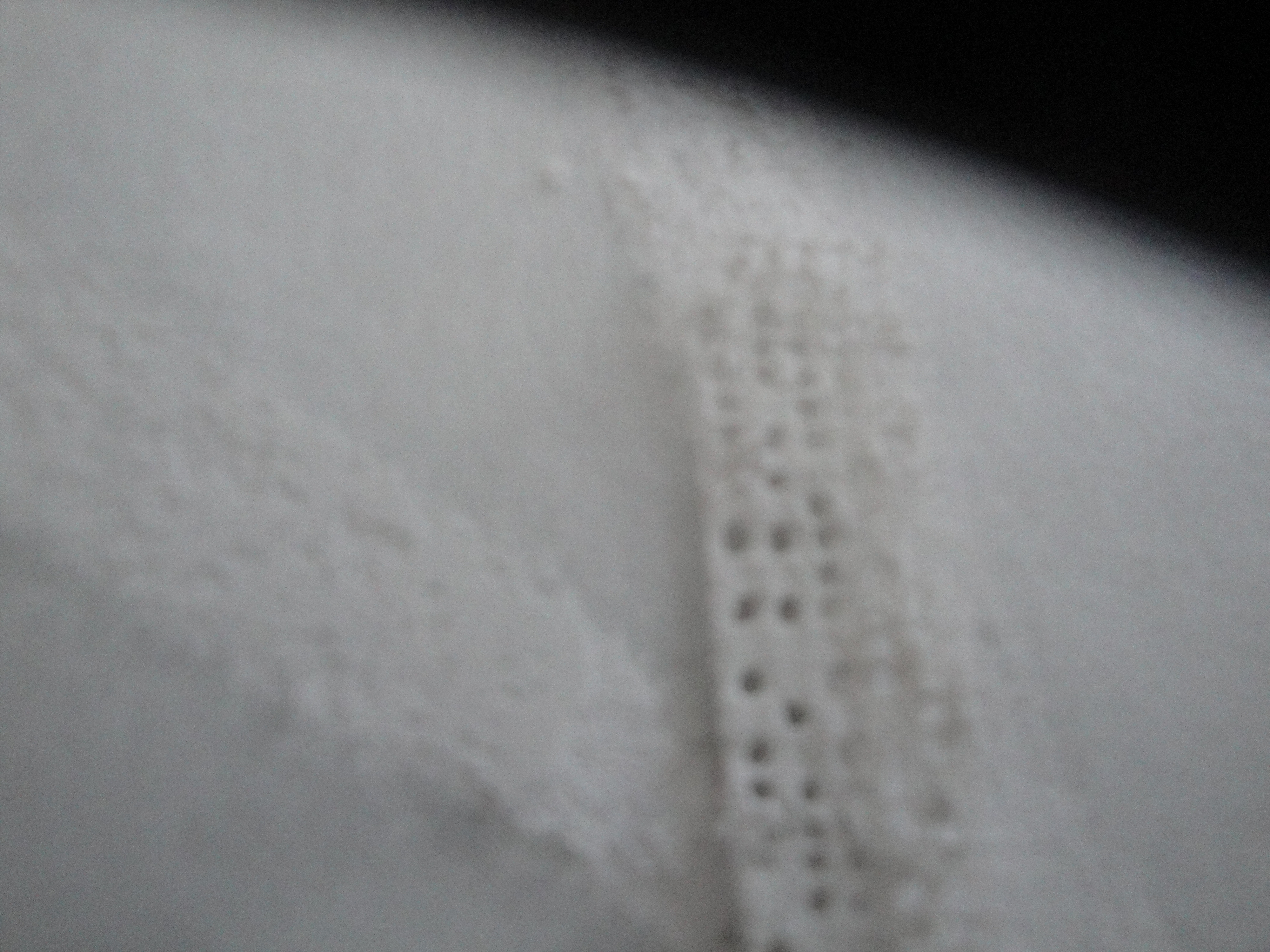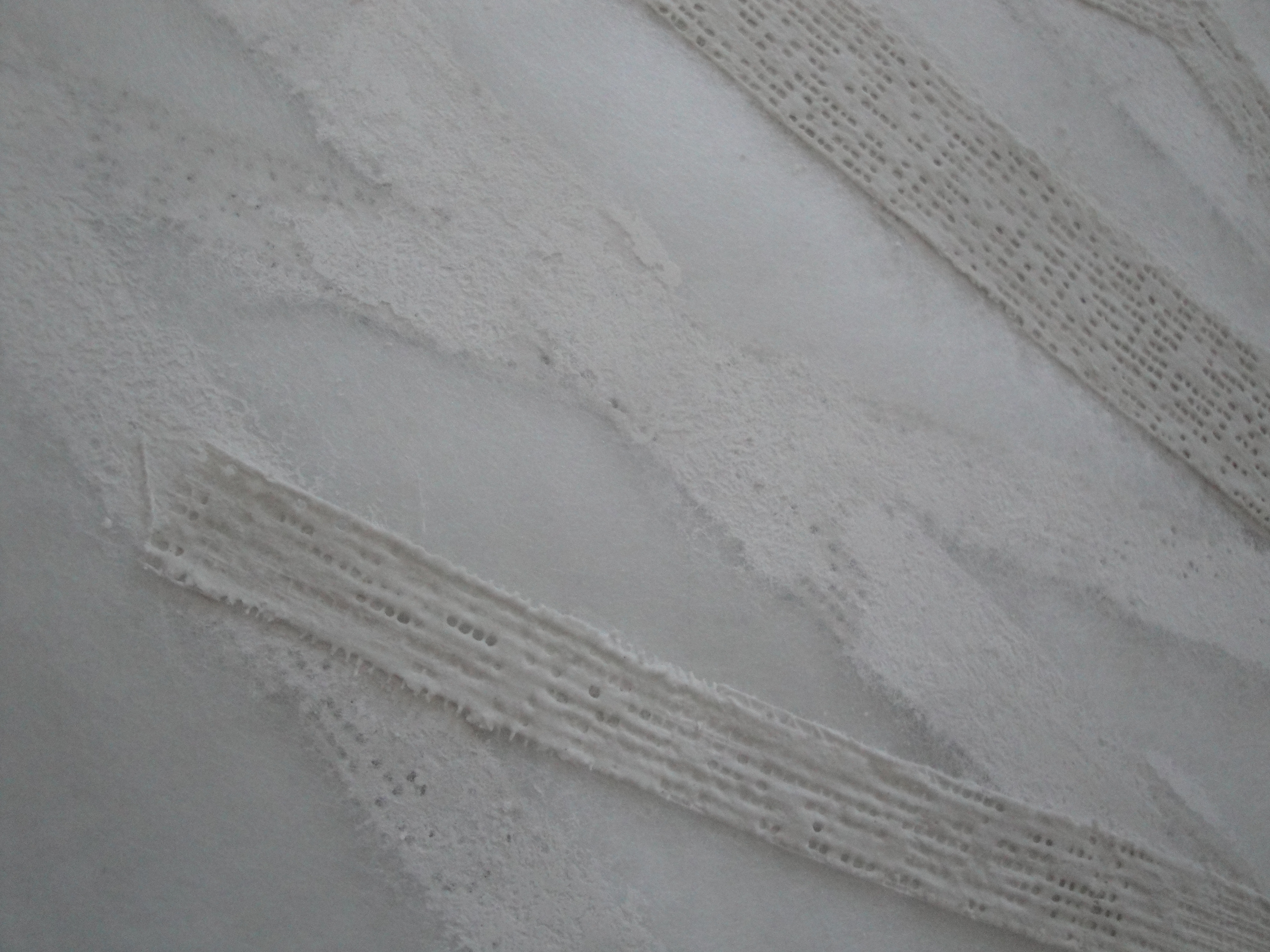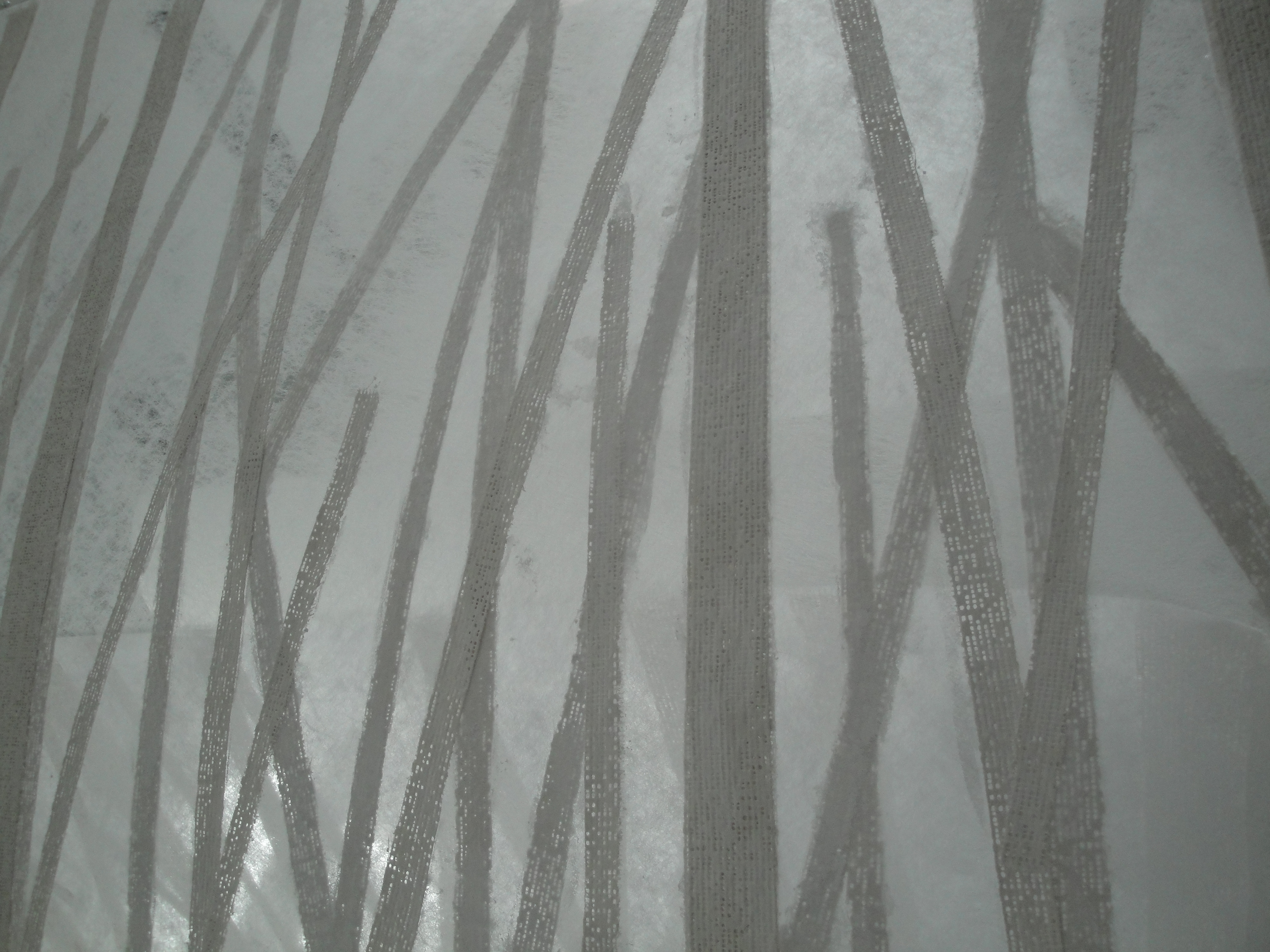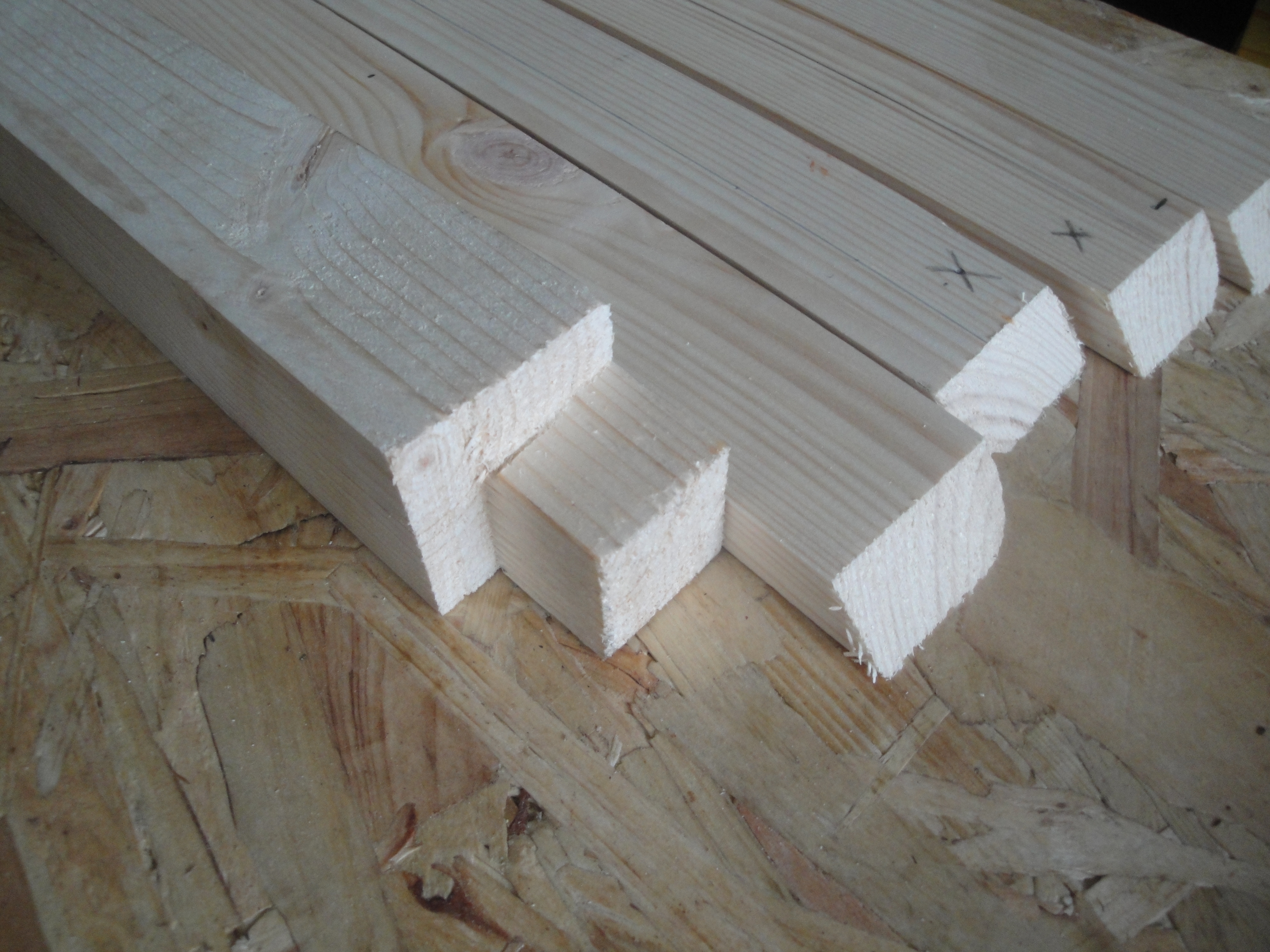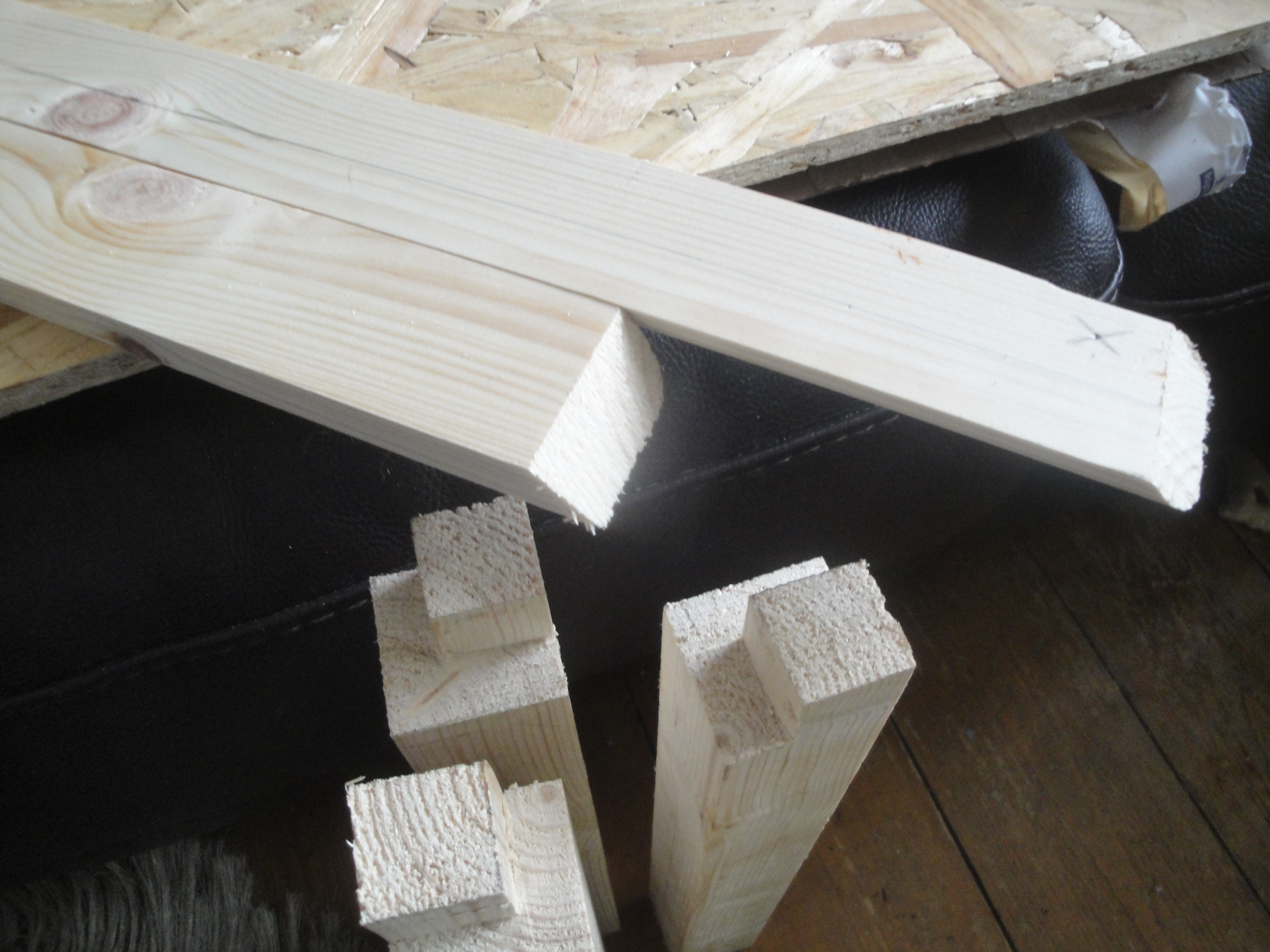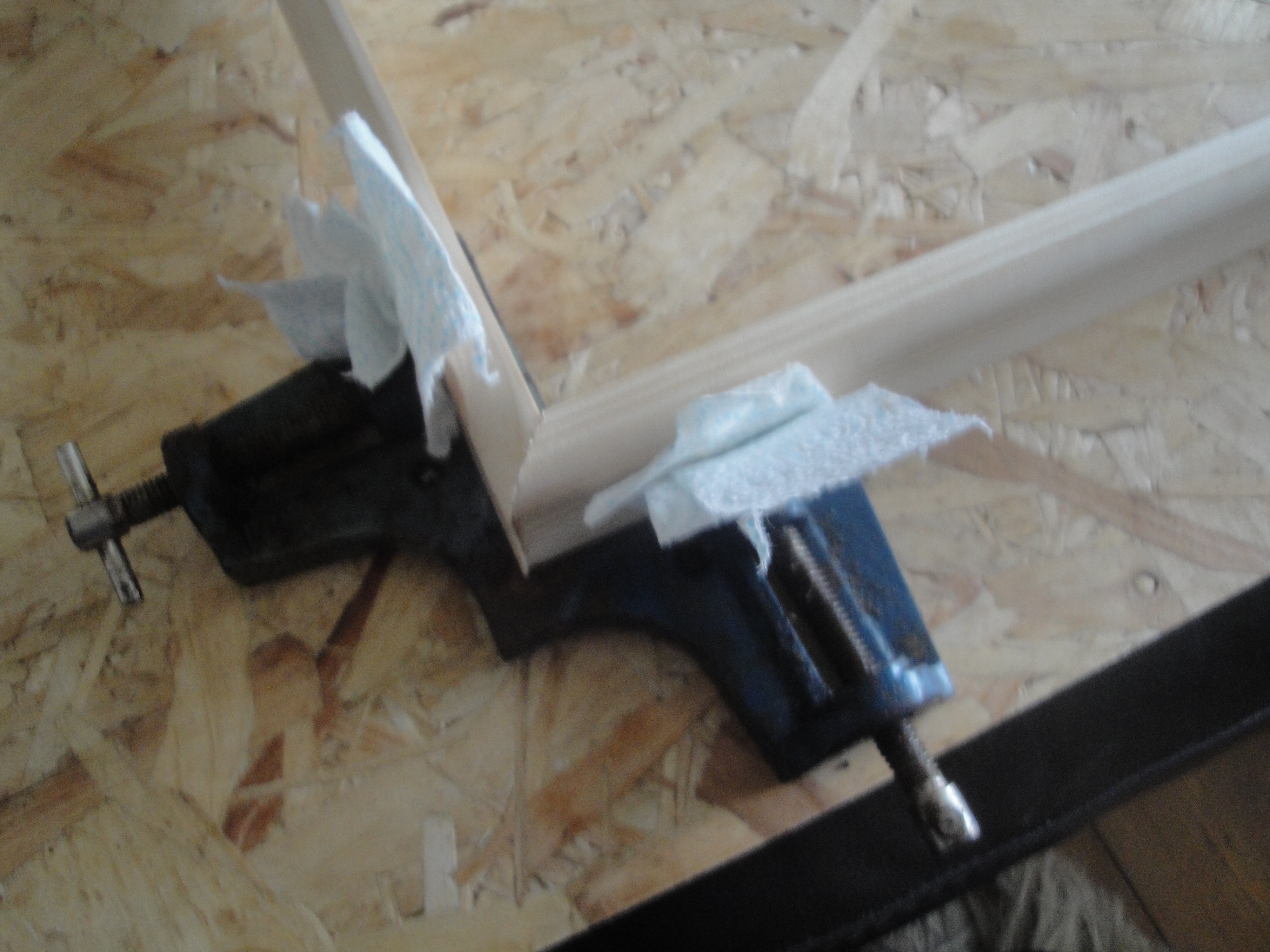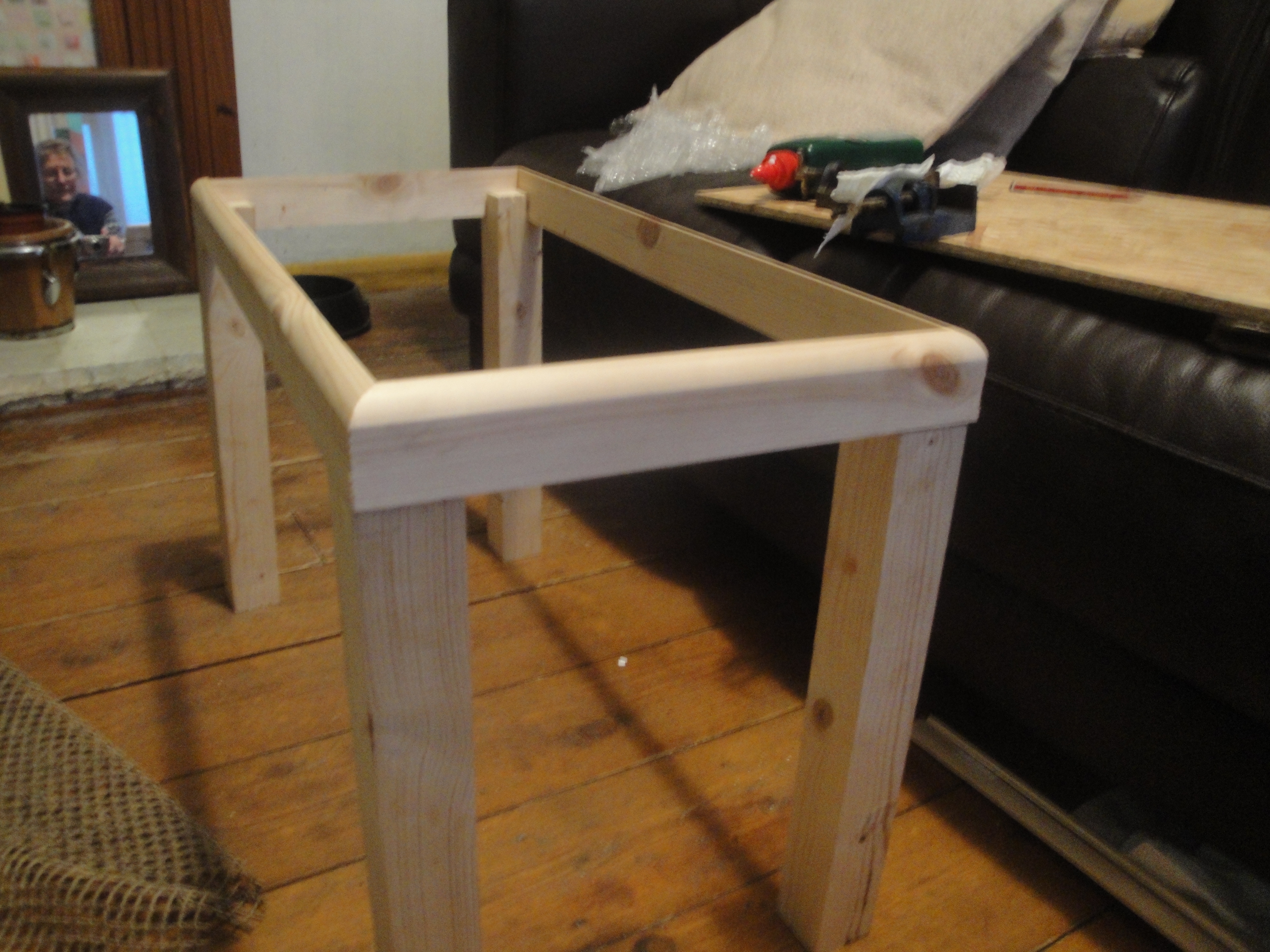Bank holiday weekend and half term ahead. Time to plan out the end game. That probably starts well with a bit of reflection. Interim assessment (Thursday, finally) afforded a bit of a backwards overview – looking through my ‘stuff’ with PT. Wow! What a lot of work I appear to have done since March.
I had a strange sense of self- edification …..’ how on earth have I done all this?’ I said to myself. It certainly hasn’t been the easiest of times around Chris’ health issues and the fact that, at this point (yesterday actually), he finally got the remainder of his outstanding salary for MARCH! Nothing yet for April and we now approach the end of May. Needless to say, the mortgage company and the council tax wolves are gathering at the picket! (Yes, we’ve put it up – very sharp and spikey – but no doubt they will break through to the ‘door’ very soon) – very worrying.
Perhaps there is little surprise in Hubz’ hospital trips.
Why haven’t I ended up in hospital?
Probably because of Shinrin in my mind and now, actually not just there but very nearly out in the world. It is a great sense of achievement and making me feel quite strong and purposeful, driving towards final assessment and hanging our show.
Alongside the practical element of my project, I have learned a great deal about the arts in/about/ health agenda which has been intellectually stimulating and has afforded me the opportunity, not just to contextualise my work; but also, to meet new people with whom it may be possible to collaborate in the future. I have learned a lot about ‘trees’ in art and about ‘gardens’ in art and have enjoyed contemplating how art around the impact of ‘place/nature’ upon human well-being may contribute to a contemporary sense of the sublime. In ‘A World Of Garden’s’ (2012), John Dixon Hunt describes the traditional notion of sublimity with regards to ‘sublime places’ like Yosemite or the Himalayas but also – and for me the interesting thing,
“beyond these special places, (there are) places where we also need to recognise sublimity’s relationship to something that might be called sacred even in this apparently secular world. What Yves Bonnefoy calls ‘hauts lieux’. These are not simply, if at all, what the French term a ‘high place’; but sites of significant moment, where one can better attain here rather than elsewhere a connection with one’s own self (‘rapport à soi qu’on recherche’)”
(Hunt, 2012. p.9-10)
My aim has been to capture a sense of this in a tree garden imagined around the idea of ‘Shinrin Yoku’. What, recently, watching my work take shape, several people have begun to call a ‘Zen garden’ ….. not my words at all, but in them an implication that I am actually achieving what I set out to do. This is gratifying. I feel I have been pushed quite relentlessly, to achieve a level of refinement in my work, the realisation of which, will now depend upon how I accomplish the installation of the elements. The printing of the hanging pieces is to finish over this weekend and the bench, early next week after which, I propose to dedicate half term to experimenting with various installation layouts in my allotted studio space so it is ‘finished’ before the end of half term. This will allow me time to play around with lighting and photographing the installation before a final few days of ‘paperwork’.

